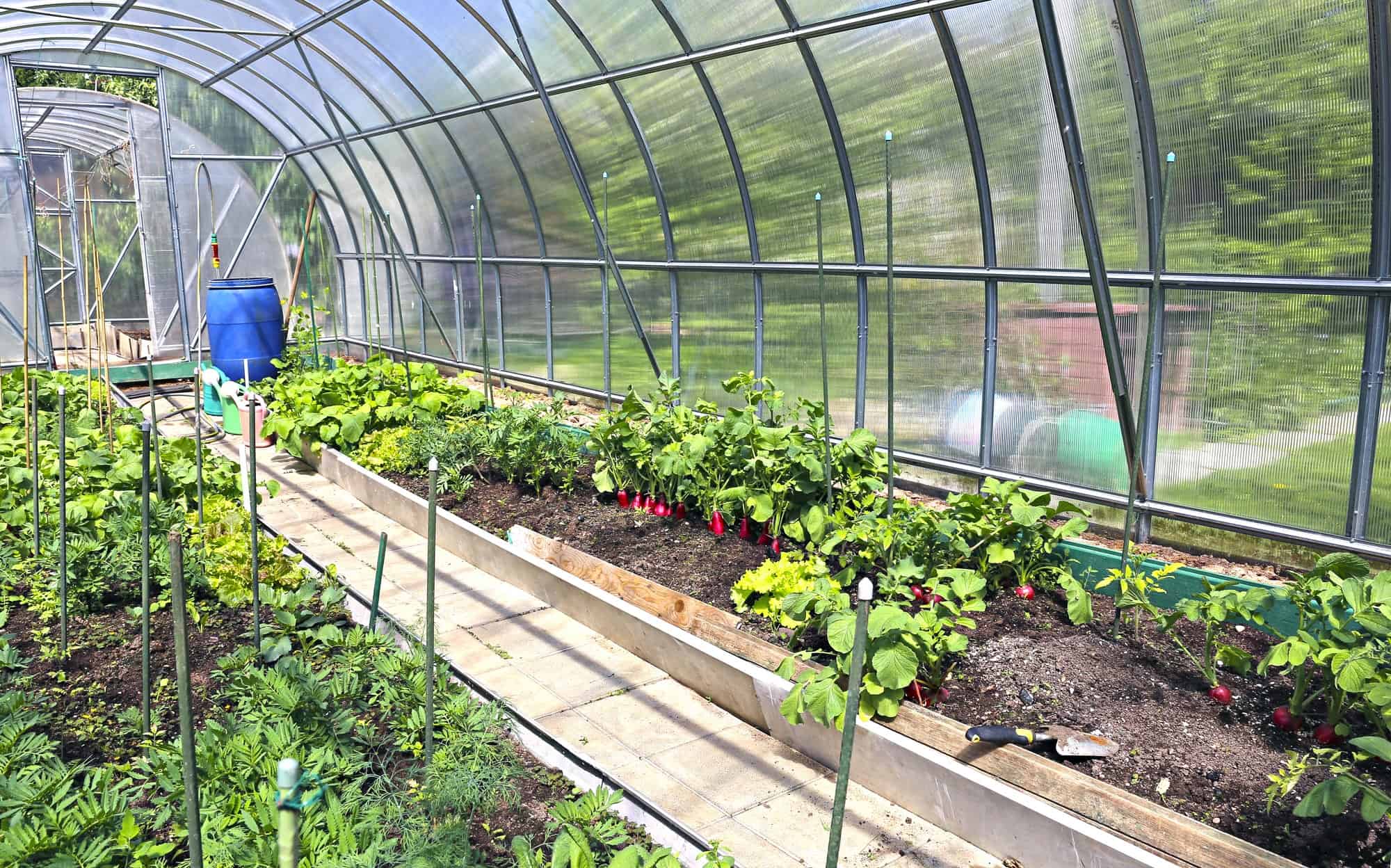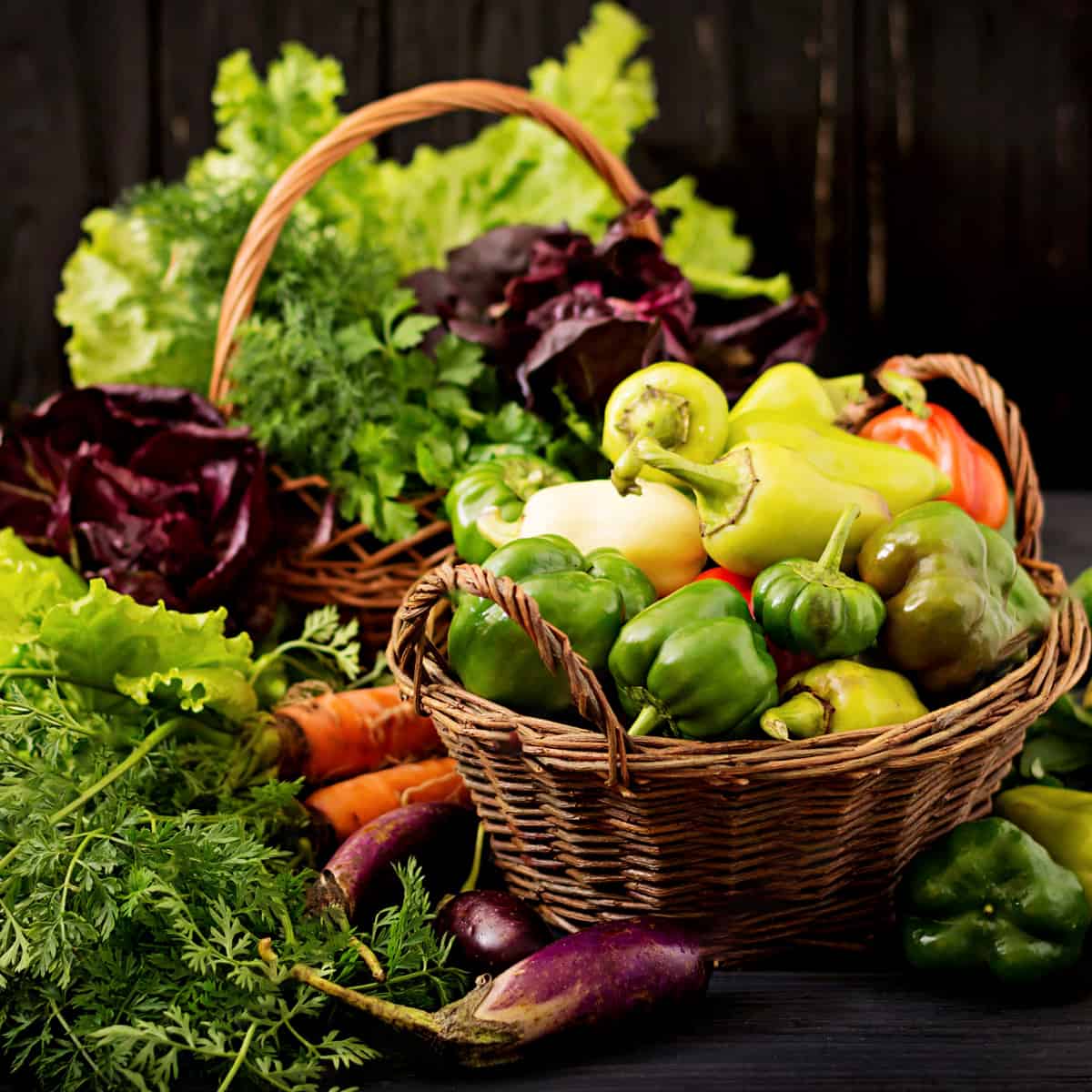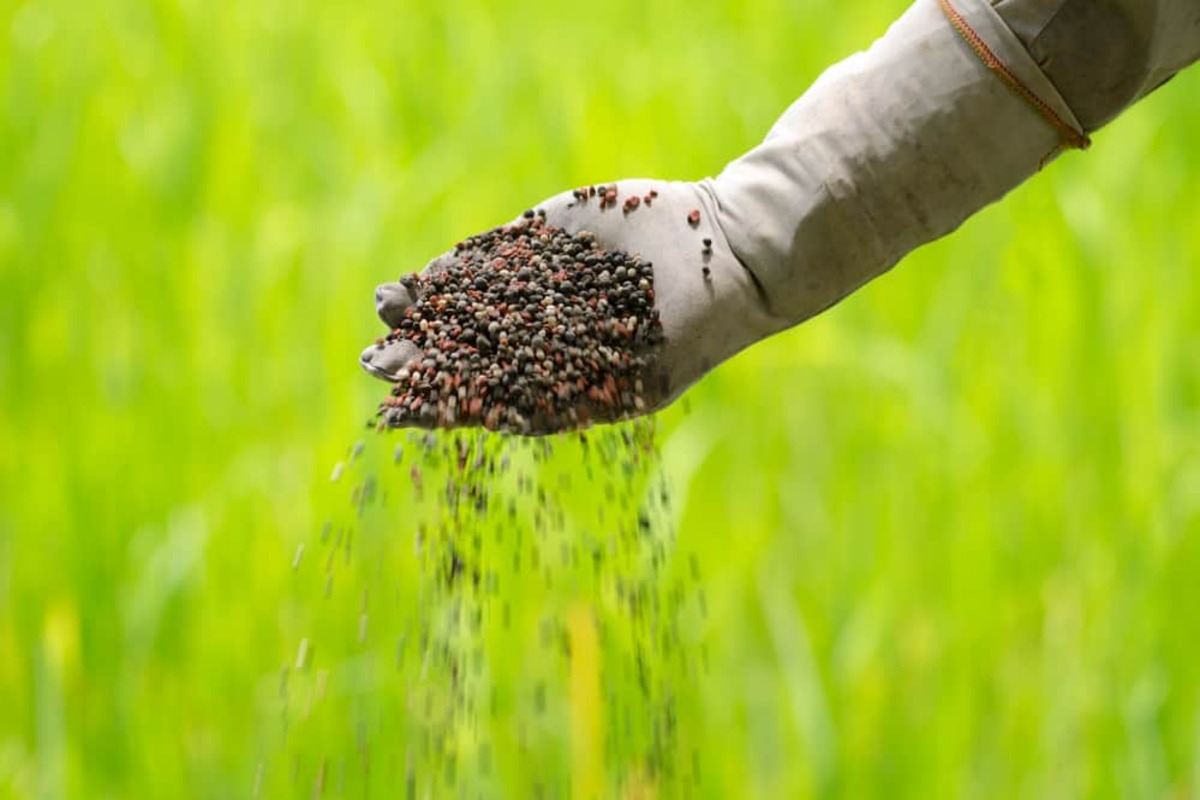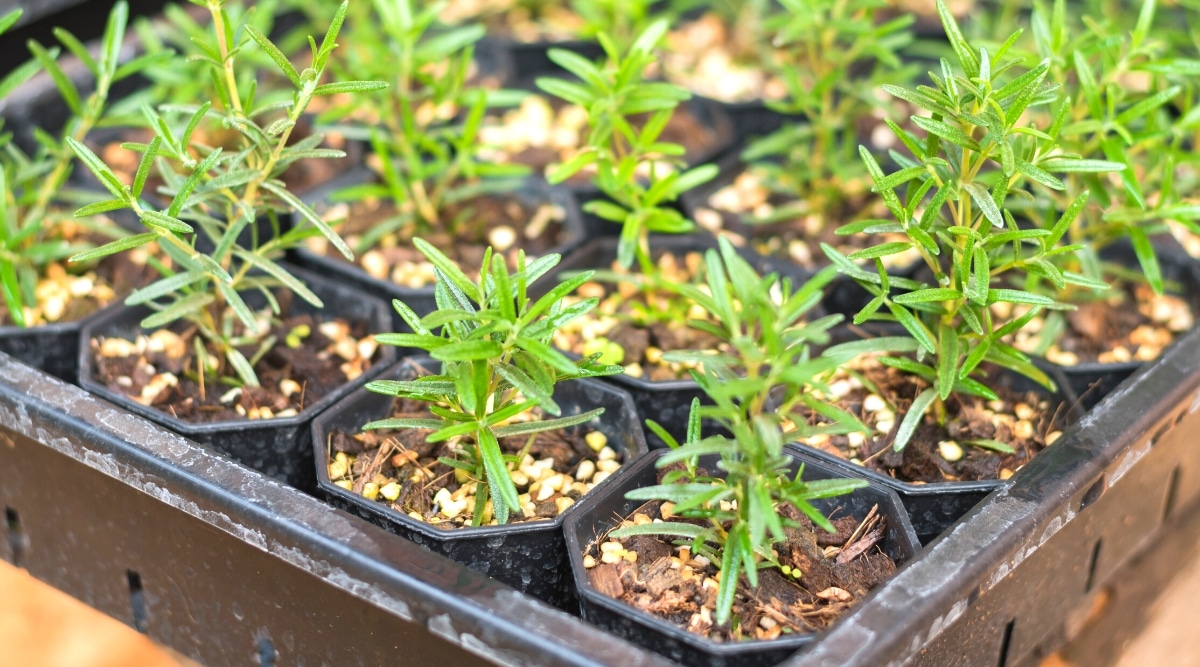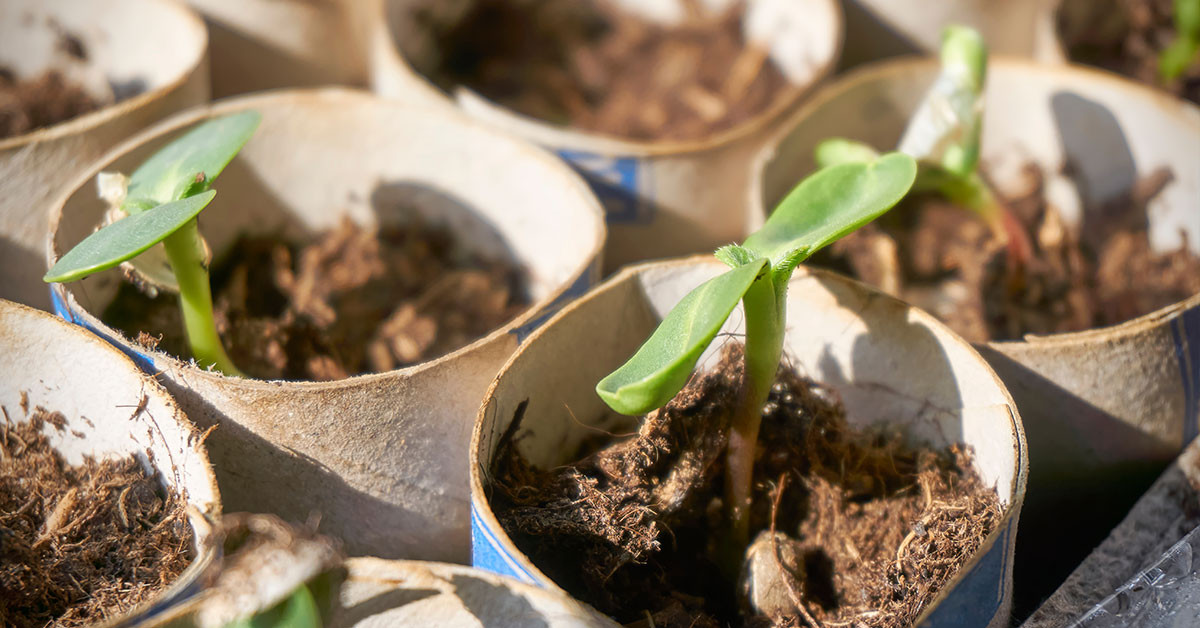Home>Gardening Techniques>Plant Care>How Long Does It Take To Get Blueberries After Planting
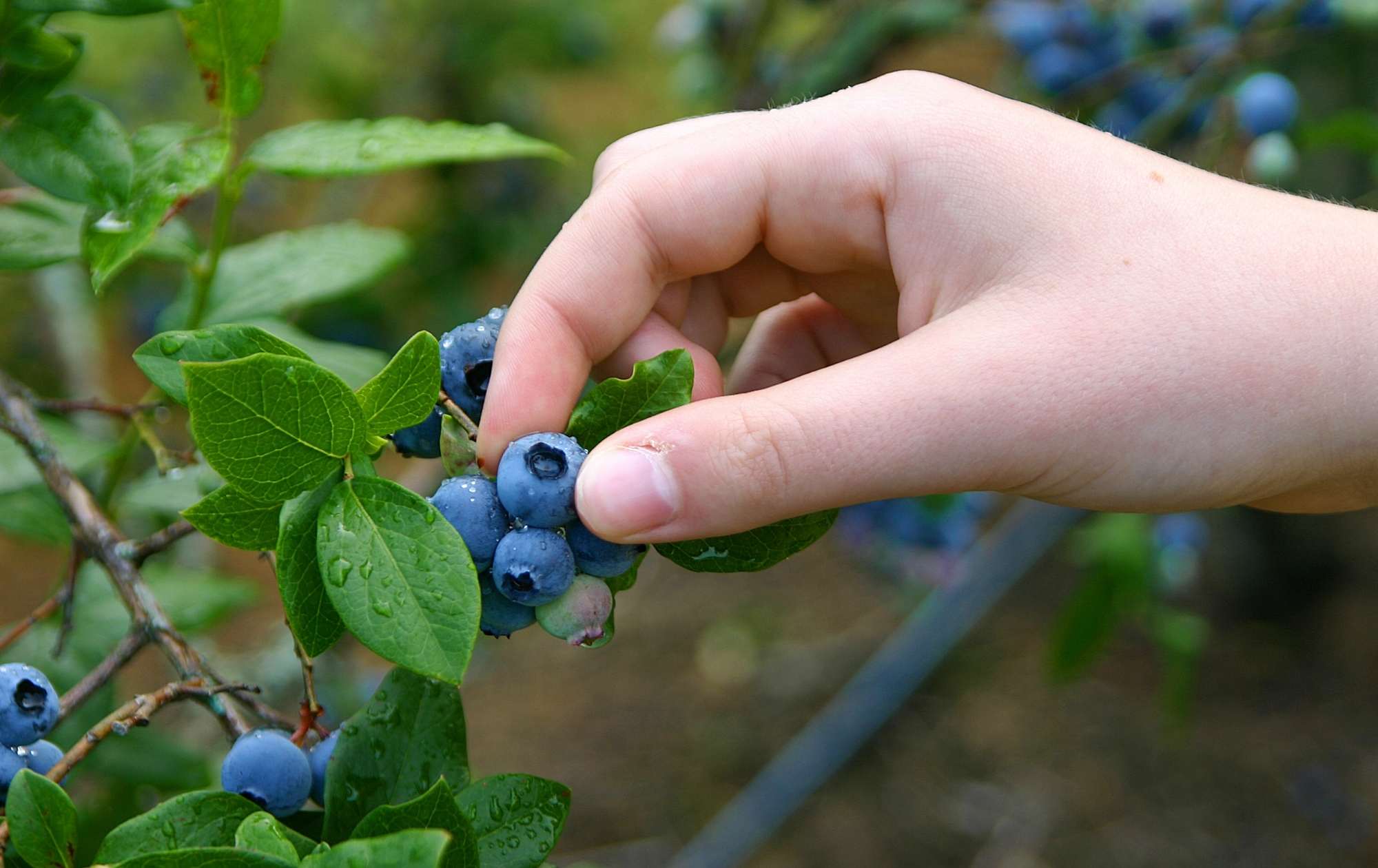

Plant Care
How Long Does It Take To Get Blueberries After Planting
Modified: February 10, 2024
Discover how long it takes to grow blueberries after planting with helpful plant care tips. Achieve a bountiful harvest of fresh, juicy blueberries in no time.
(Many of the links in this article redirect to a specific reviewed product. Your purchase of these products through affiliate links helps to generate commission for Chicagolandgardening.com, at no extra cost. Learn more)
Table of Contents
Introduction
Blueberries are delicious and nutritious fruits that have gained popularity in recent years. They are known for their sweet and tangy taste, vibrant blue color, and numerous health benefits. Whether you are a seasoned gardener or a beginner looking to try your hand at growing blueberries, one of the questions that may come to mind is, “How long does it take to get blueberries after planting?”
The journey from planting a blueberry bush to harvesting the first delicious berries can be both exciting and rewarding. However, it’s important to understand that the time it takes for blueberries to mature and produce fruit can vary depending on several factors. These factors include the type of blueberry variety, the quality of soil and growing conditions, and the care and maintenance provided to the plants.
Blueberries are perennial plants that go through various phases of growth and development before providing a bountiful harvest. Understanding these phases and the timeframes involved will help you plan and manage your blueberry plants effectively. In this article, we will guide you through the different stages and factors that contribute to the time it takes to get blueberries after planting, so you can better anticipate when to expect your first tasty harvest.
Whether you’re growing blueberries for personal consumption or considering starting a commercial blueberry farm, understanding the time it takes for blueberries to bear fruit will help you make informed decisions and set realistic expectations. So, let’s dive in and explore the fascinating journey of blueberry growth!
Factors affecting blueberry growth
Several factors can influence the growth and development of blueberry plants, ultimately affecting the time it takes for them to produce fruit. It’s important to consider these factors to ensure optimal growth and the best possible harvest. Let’s take a closer look at some of the key factors that can impact blueberry growth:
- Variety: The choice of blueberry variety plays a significant role in determining the time it takes for plants to produce fruit. Different blueberry varieties have varying maturation periods, with some producing fruit faster than others. It’s essential to select varieties that are well-suited to your specific region and growing conditions. Consult local gardening experts or nurseries to choose the best variety for your area.
- Soil and growing conditions: Blueberries thrive in acidic soil with a pH level between 4.5 and 5.5. Soil that is well-draining, rich in organic matter, and high in moisture retention is ideal for blueberry growth. Adequate sunlight, typically 6-8 hours per day, is essential for the plants’ photosynthesis and fruit production. Proper air circulation also helps prevent diseases and promotes healthy growth.
- Pruning and maintenance: Pruning blueberry bushes is crucial for maintaining plant health, promoting proper air circulation, and encouraging new growth. Regular pruning helps remove dead or diseased wood and stimulates the production of new branches, which leads to increased fruit production. Additionally, proper watering, fertilizing, and pest control are essential for optimal growth and fruit development.
- Pollination: Blueberries are self-pollinating plants, meaning they do not necessarily need a second blueberry variety for pollination. However, having multiple blueberry plants of different varieties can help increase cross-pollination and result in larger fruit yields. Bees and other pollinators play a vital role in the pollination process, so it’s essential to create a pollinator-friendly environment in your garden.
- Climate: Blueberries have different chilling requirements, which are the number of hours the plant needs below a certain temperature to break dormancy. The chilling hours required can vary depending on the blueberry variety. Properly timed chilling is essential for flower bud development and subsequent fruit production. Understanding your local climate and selecting blueberry varieties that are well-adapted to that climate will greatly impact the growth and fruiting timeline.
By taking these factors into account and providing the necessary care and attention to your blueberry plants, you can optimize their growth and shorten the time it takes for them to produce delicious, juicy berries. Now that we have explored the various factors that influence blueberry growth, let’s move on to the next phase in the journey of blueberry plants: the blueberry seedling phase.
Blueberry seedling phase
The blueberry seedling phase is the initial stage of growth for blueberry plants after they are planted. During this phase, the focus is on establishing a strong root system and healthy growth. The duration of the seedling phase can vary depending on the specific variety and growing conditions. Let’s delve into the important aspects of the blueberry seedling phase:
Root development: In the early stages, blueberry seedlings prioritize root development. They establish a strong network of roots that will later support the plant’s growth and nutrient uptake. Good soil preparation and proper watering are essential in promoting healthy root development. It is common for the seedling phase to last anywhere from a few weeks to a few months.
Leaf growth: As the roots develop, the blueberry seedlings will begin to produce new leaves. These leaves are crucial for photosynthesis, where the plant converts sunlight into energy. Leaf growth indicates that the seedlings are adapting well to their new environment and are capable of sustaining themselves.
Vigilant care: During the seedling phase, it is important to provide vigilant care. This includes regular watering to keep the soil evenly moist (but not waterlogged), protecting the young plants from extreme temperatures, pests, and diseases, and maintaining proper soil acidity levels. Adequate care during this phase sets the foundation for healthy growth in the subsequent stages.
The duration of the blueberry seedling phase can be influenced by factors such as the size and health of the seedling at the time of planting, the quality of the soil, and the care provided. It is crucial to remain patient during this phase as blueberries are perennial plants that require time to establish themselves properly.
As the blueberry seedlings progress through the seedling phase, they will soon enter the next stage of growth: the establishment phase. This phase is characterized by increased growth and the development of a more robust structure. Let’s explore the establishment phase of blueberry plants in the following section.
Blueberry establishment phase
The blueberry establishment phase is a critical period in the growth of blueberry plants. This phase follows the seedling phase and is characterized by increased growth, the development of a more robust structure, and the preparation of the plant for future fruiting. Let’s explore the important aspects of the blueberry establishment phase:
Shoot growth: During the establishment phase, blueberry plants experience significant shoot growth. The plants will produce new branches and stems, which contribute to the overall structure and size of the plant. This phase is crucial for creating a strong framework that will support future fruit production.
Root system development: As the above-ground growth occurs, the root system continues to develop and expand. A well-established root system is essential for optimal nutrient uptake and water absorption. The roots explore the surrounding soil, creating a network that will support the plant’s growth and overall health.
Leaf production: The establishment phase is characterized by the continued production of leaves. The foliage not only provides energy through photosynthesis but also helps in the production of carbohydrates that are stored in the plant’s roots and used for future growth and fruiting.
Fruit bud formation: Towards the latter part of the establishment phase, blueberry plants will begin to form fruit buds. These buds are the precursors to future blueberry fruit production. The ability of the plant to produce and develop fruit buds is influenced by various factors, including the plant’s age, health, environmental conditions, and proper pruning and care.
It is important to provide proper care during the establishment phase to encourage healthy growth. This includes regular watering, fertilizing with a balanced fertilizer specifically formulated for blueberries, and monitoring for pests and diseases. Pruning can also be done during this phase to shape the plant and promote proper airflow and light penetration.
The duration of the blueberry establishment phase can vary depending on factors such as the specific blueberry variety, growing conditions, and plant health. On average, this phase may last one to three years, with some varieties taking longer to fully establish.
As the blueberry plants progress through the establishment phase, they will eventually reach the stage of flowering and fruiting, which is the most exciting and rewarding phase for growers. Let’s explore this stage in the following section.
Blueberry flowering and fruiting phase
The blueberry flowering and fruiting phase is undoubtedly the most anticipated and rewarding stage for blueberry growers. This is when the hard work and patience pay off as beautiful flowers transform into juicy blueberries. Let’s explore the key aspects of this phase:
Flower development: The flowering phase begins when the blueberry plants reach a certain level of maturity and environmental conditions, such as temperature and daylight, are favorable. Blueberry flowers typically appear in clusters and can range in color from white to pink. Each flower contains the potential to develop into a single blueberry fruit.
Pollination: Blueberries are typically self-pollinating, meaning they can fertilize themselves without the need for another variety. However, cross-pollination can enhance fruit set and yield. Bees and other pollinators play a vital role in transferring pollen from one flower to another, ensuring the fertilization of the flowers and the production of quality fruit.
Fruit development: After successful pollination, the fertilized flowers begin to develop into blueberries. During this time, the immature green berries gradually grow and change color. Blueberries grow in size and accumulate natural sugars, resulting in the sweet and flavorful fruits that we enjoy. The duration of fruit development can vary depending on the blueberry variety, growing conditions, and weather.
Protecting the fruits: As the fruits develop, it’s important to protect them from potential damage caused by birds, squirrels, and other pests. Netting or physical barriers can be used to prevent these creatures from accessing and eating the delicious blueberries. Monitoring for diseases and pests is crucial during this phase, as it helps maintain the health and quality of the fruits.
It’s important to note that not all flowers will develop into fruits. Some flowers may fail to fertilize or drop prematurely. This is a natural part of the process, and the number of fruits that successfully develop will depend on various factors, including plant health, weather conditions, and pollination success.
The duration of the blueberry flowering and fruiting phase can vary depending on the blueberry variety. Some varieties may produce fruit earlier than others. On average, it takes approximately 60-90 days for blueberries to fully mature after flowering.
As the blueberries reach their desired ripeness, it’s time to move on to the final and most gratifying phase of blueberry growth: the harvest time! Let’s discover more about the harvesting of blueberries in the next section.
Blueberry harvest time
The blueberry harvest time is undoubtedly the most exciting and rewarding phase for blueberry growers. After months of nurturing and caring for the plants, it’s finally time to reap the delicious rewards. Let’s explore the key aspects of the blueberry harvest:
Timing of harvest: Blueberries are typically harvested when they reach their peak ripeness. This is when the fruits are fully colored, plump, and easily detach from the plant with a gentle tug. The exact timing of the harvest can vary depending on the blueberry variety, growing conditions, and personal preference. It’s important to monitor the fruits closely and harvest them at the right time to ensure optimal flavor and sweetness.
Harvest method: The most common method for harvesting blueberries is by hand. Gently hold the berry between your fingers and give it a gentle tug to detach it from the stem. Avoid pulling or tugging too hard as it can damage the fruit or the plant. It’s recommended to use a flat container or bucket to collect the harvested berries, ensuring careful handling to prevent bruising or crushing.
Harvesting frequency: Blueberries do not ripen uniformly on the plant. It’s common to have a mix of ripe, semi-ripe, and unripe berries on a single plant. Therefore, multiple harvests may be required to collect all the berries at their ideal ripeness. Depending on the size of your blueberry patch, you may need to harvest every few days during the peak of the harvest season.
Storage and consumption: Blueberries are best consumed fresh, as their flavor and nutritional value are highest right after harvesting. If you have an abundance of blueberries, you can store them in the refrigerator for up to two weeks. Alternatively, you can freeze them for longer-term storage. Simply spread the washed and dried berries in a single layer on a tray and freeze them. Once frozen, transfer them to airtight containers or bags for future use in smoothies, baked goods, or enjoyed as a frozen treat.
Continued care after harvest: After harvesting, it’s important to continue caring for your blueberry plants. Pruning, watering, and fertilizing should be done according to the specific requirements of your blueberry variety and climate. Proper care after harvest ensures the health and vigor of the plants, setting the stage for another fruitful season in the years to come.
The joy of harvesting and enjoying homegrown blueberries is truly a delight. Whether you decide to savor them fresh or preserve them for later use, the sweet and tangy taste of homegrown blueberries will be a reward worth the wait.
With the completion of the blueberry harvest section, we have covered the major phases of blueberry growth, from planting to enjoying the bountiful fruits. Let’s summarize our journey with some final thoughts in the concluding section.
Conclusion
Growing blueberries can be a rewarding and fulfilling experience for plant lovers and gardeners alike. Throughout this article, we have explored the various stages of blueberry growth, from planting to harvest, and the factors that influence the time it takes to get blueberries after planting. Understanding these stages and factors is key to successfully cultivating healthy blueberry plants and enjoying a bountiful harvest.
We began by discussing the factors that can affect blueberry growth, including the choice of variety, soil and growing conditions, pruning and maintenance, pollination, and climate. Each of these factors plays a crucial role in the overall development and fruitful yield of blueberry plants.
We then delved into the different phases of blueberry growth, starting with the seedling phase, where strong roots and healthy foliage are established. From there, we explored the establishment phase, characterized by shoot growth, root development, and the preparation for future fruiting.
The flowering and fruiting phase marked the most exciting and rewarding stage, as beautiful flowers transformed into luscious, ripe blueberries. We learned about flower development, pollination, fruit development, and the importance of protecting the fruits from pests and diseases.
Finally, we discussed the harvest time, when the fruits reach their peak ripeness and are ready to be enjoyed. We explored the timing of the harvest, proper harvesting techniques, and storage options for maximizing the use of this delicious and nutritious fruit.
By considering all these phases and factors, you can ensure the successful growth and harvest of blueberries in your garden or farm. Remember to provide the necessary care, attention, and patience required for blueberry plants to thrive and produce abundant fruit.
Whether you’re a seasoned blueberry grower or a beginner just starting out, the journey of growing blueberries is filled with anticipation, excitement, and the satisfaction of enjoying your own homegrown, sweet blueberries. So, roll up your sleeves, follow the steps outlined in this article, and get ready for a fruitful and rewarding blueberry-growing experience!
